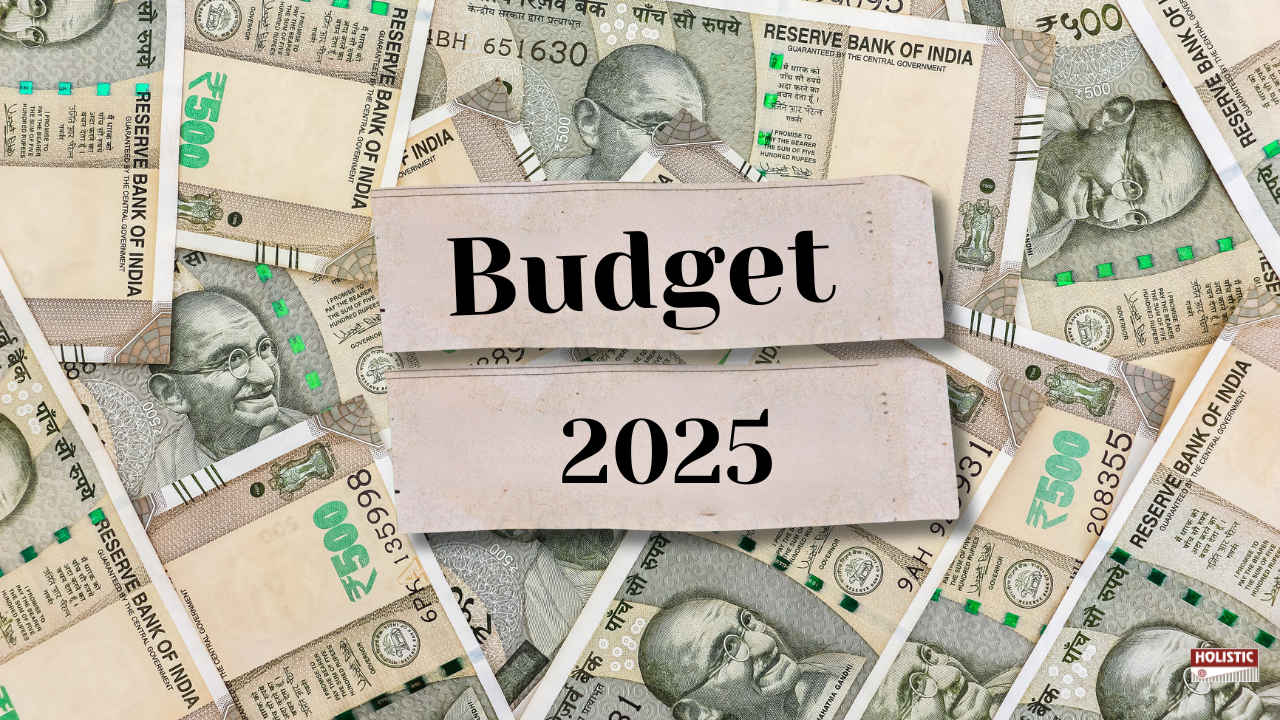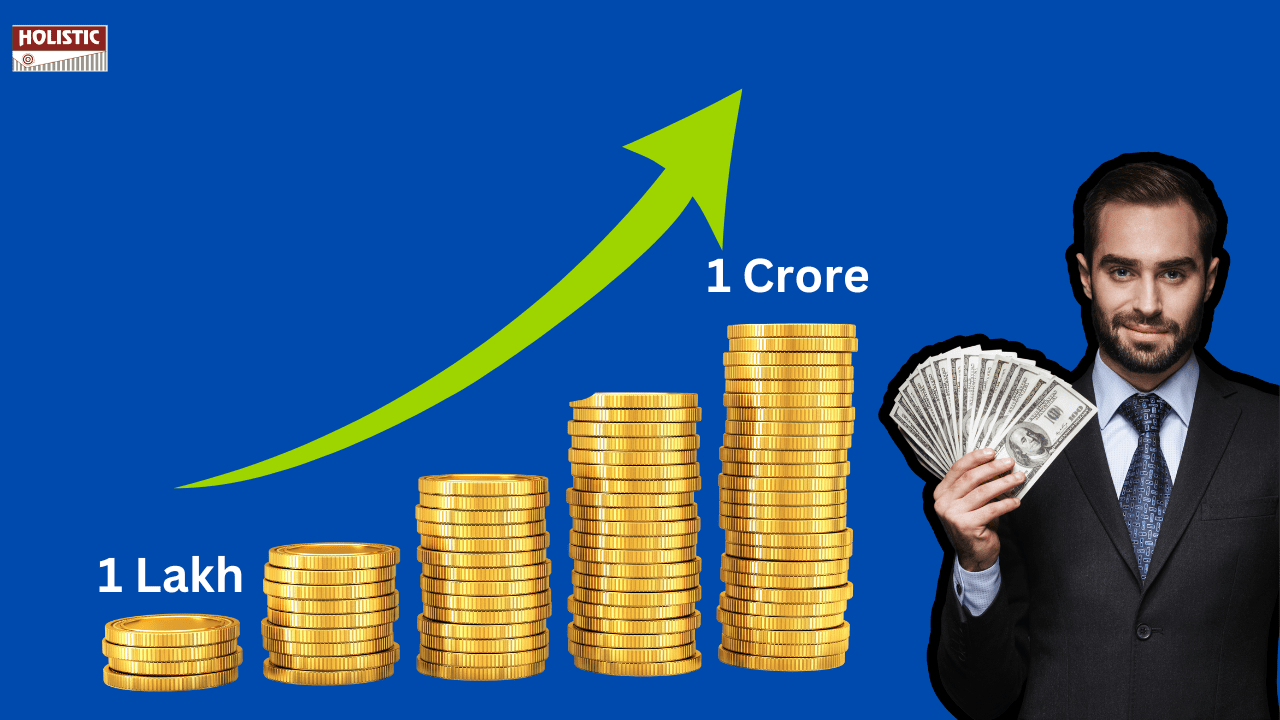The Union Budget 2025 has introduced sweeping changes to the income tax structure, offering significant relief to middle-class taxpayers. With a higher exemption limit and a new tax slab, the government aims to boost disposable income and encourage spending. But what does this mean for you? Let’s break it down.
Table of contents:
No Tax Till ₹12.75 Lakh – A Game Changer?
One of the most striking announcements is the increase in the tax exemption limit. If you earn up to ₹12 lakh per year, you won’t have to pay a single rupee in taxes! And if your income is up to ₹12.75 lakh, the standard deduction of ₹75,000 will ensure that you remain tax-free.
This is a major shift from the previous exemption of ₹7 lakh. Clearly, the government is focused on easing the tax burden on the salaried class. But how does this affect those earning beyond this threshold?
Revised Tax Slabs – How Much Will You Pay?
The new tax regime now has revised slabs, making the structure more progressive. Here’s a quick look at the updated rates:
| Income Slab (₹) | Tax Rate |
|---|---|
| 0 – 4,00,000 | Nil |
| 4,00,001 – 8,00,000 | 5% |
| 8,00,001 – 12,00,000 | 10% |
| 12,00,001 – 16,00,000 | 15% |
| 16,00,001 – 20,00,000 | 20% |
| 20,00,001 – 24,00,000 | 25% |
| Above 24,00,000 | 30% |
This means that if you earn ₹20 lakh annually, your tax liability will be calculated at different rates for different income brackets. The highest tax rate of 30% will now apply only to those earning above ₹24 lakh per year.
Section 87A Rebate – More Savings for the Middle Class
The government has also enhanced the rebate under Section 87A:
- Previously, individuals earning up to ₹7 lakh could claim a rebate of ₹25,000.
- Now, anyone earning up to ₹12 lakh can claim a rebate of ₹60,000, effectively bringing their tax liability to zero.
However, this rebate does not apply to capital gains, NRIs, HUFs, or companies—it is strictly for resident individuals with normal income.
Why These Tax Cuts Matter
What’s the real impact of these changes? Let’s consider a few key benefits:
✅ More Disposable Income – Lower taxes mean more money in hand for savings, investments, or simply enjoying life!
✅ Boost to the Economy – When people spend more, businesses thrive, and the economy grows.
✅ Encouragement for the New Tax Regime – With such benefits, more people might opt for the simpler New Tax Regime instead of the old system that allowed deductions.
But is this enough? Some may argue that the government could have increased deductions in the old tax regime instead of pushing for the new one. Would that have been a better approach?
What Should You Do Next?
If your annual income is up to ₹12 lakh, you’re in luck—zero tax liability means more money for investments, retirement planning, or lifestyle upgrades. If you earn above this threshold, recalculating your tax liability under the new slabs can help you make better financial decisions.
With these tax changes set to roll out from April 1, 2025, now is the best time to reassess your tax planning strategy. Need help figuring out how much you will save? A tax expert or financial advisor can guide you through these updates.
What do you think about the new tax slabs? Will they truly benefit the middle class? Share your thoughts!





